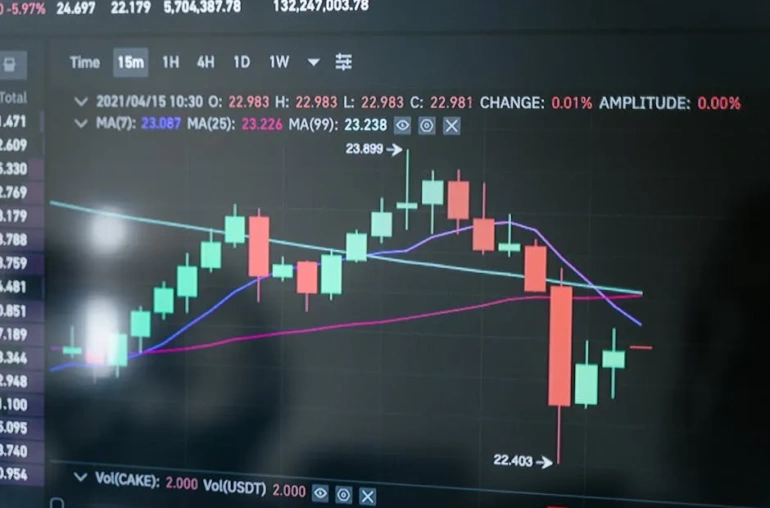
Tether Resumes Support for Legacy Chains: What This Means for USDT Users
Tether, the company behind the popular stablecoin USDT, has recently made headlines by halting its freeze on legacy blockchains. This decision marks a significant shift in Tether’s approach to its operations and has important implications for USDT users and the broader cryptocurrency market.
Understanding the Legacy Chains
Legacy blockchains refer to older blockchain networks that may not have the same level of support or development as newer platforms. These chains often face challenges such as lower transaction speeds and reduced scalability, which can affect the user experience. However, they also hold significant value for users who have built their operations or investments around them.
The Freeze on USDT
In the past, Tether implemented a freeze on USDT transactions on some of these legacy chains. This decision was largely driven by concerns regarding security, transaction efficiency, and the potential for fraud. By stopping transactions on these networks, Tether aimed to protect its users and maintain the integrity of its stablecoin.
What Changed?
Recently, Tether announced that it would resume support for these legacy chains, adopting an “unsupported” status for USDT on these platforms. This change indicates that while Tether will allow transactions to occur, it will not actively support or promote these legacy networks. Users can still utilize USDT on these chains, but they do so at their own risk.
Implications for USDT Users
The resumption of support for legacy chains offers both opportunities and challenges for USDT users. On one hand, it allows users to access their funds and transact on networks that they may have previously relied on. On the other hand, the “unsupported” status means that users may encounter potential issues such as slower transaction times and the risk of fewer resources for troubleshooting.
Looking Ahead: The Future of Tether
Tether’s decision to modify its support strategy reflects the company’s adaptability in a rapidly evolving cryptocurrency landscape. As the market matures, it is crucial for Tether to balance user needs with security and operational efficiency. This move could pave the way for further enhancements in Tether’s offerings, potentially leading to new features or improved user experience in the future.
Conclusion
In conclusion, Tether’s halting of the USDT freeze on legacy chains represents a significant development for users of the stablecoin. While it provides an opportunity for users to continue utilizing their funds on these older networks, it also comes with a caveat of limited support. As the cryptocurrency world continues to change, staying informed about such developments is essential for users aiming to navigate the complexities of digital currency effectively.



